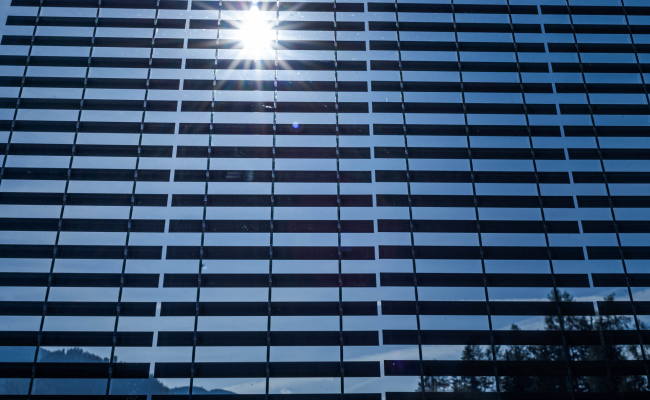Computer Modelling in Glass
Computer Modelling in Glass
NSG Group has come to the aid of architects and designers who need to predict how the living environment will behave.
Powerful modelling techniques mean double glazing units can now be theoretically designed for particular solar control, low emissivity and visible transmission performance.
This capability responds to customer needs for products that meet precise performance criteria. And it also offers great savings in experimental time for the production and measurement of samples.
Modelling is particularly useful in predicting the properties of coating and base glass tint combinations, and the optical and thermal properties of double glazing units.
To do this, the Pilkington Spectrum program has been developed, containing a database of the optical properties of the Group's coated glass products and body tint glass.
By computer manipulation it is possible to 'lift' the coating from one base glass and place it on a second. The optical properties of novel combinations of coatings and base glass tints can be calculated without having to make test samples.
Computer Modelling in Glass
This process can be taken further: the glasses can be combined into double glazing units, again by computer modelling, and their properties calculated.
The program will interface with other software which will model the thermal performance of a building glazed in different ways, calculating energy demands and simulating the lighting levels inside simulated rooms.
A complete suite of modelling tools is being developed to help match customer needs to NSG Group products.






























